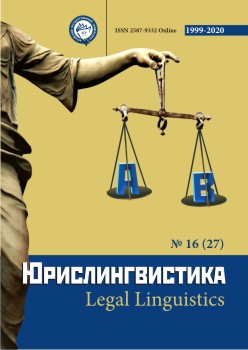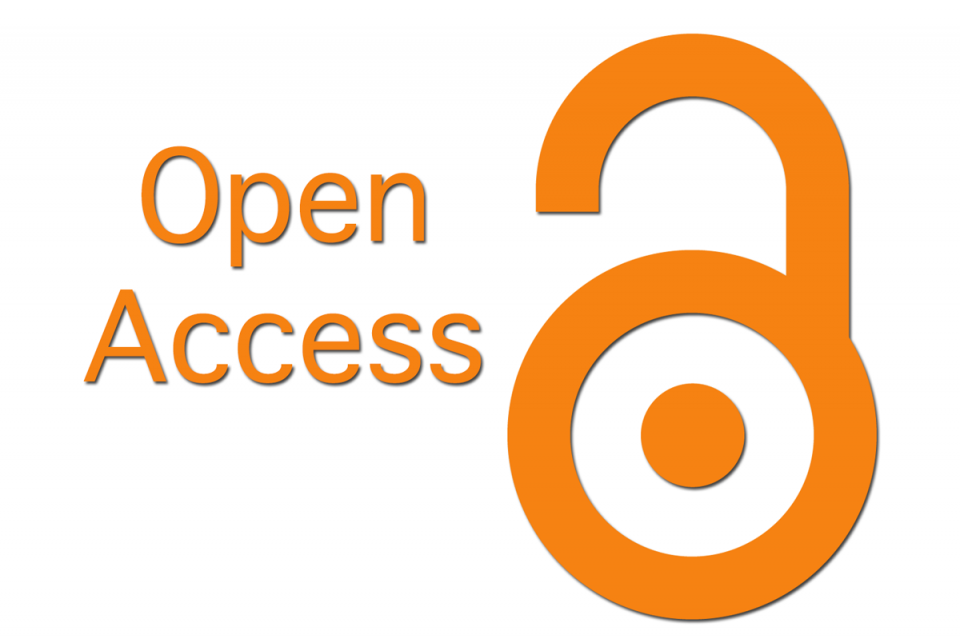SOME ASPECTS OF THE DEFINITION OF THE TERM "TERRORISM"
Abstract
The article reveals the lack of accuracy in the definition of the legal term "terrorism" and highlights a number of problems related to this definition. In particular, the author substantiates the need for a clear legal definition of groups of persons targeted by an act of terrorism; it is proved that none of the existing definitions – "civilians", "persons considered innocent" and "non – combatants" - allows us to give an exhaustive definition of the phenomenon. It is noted that the existing definitions of terrorism are incomplete due to insufficient coverage of violent acts of crime. An important unrecorded parameter of the definition of "terrorism" is the factor of publicity of a violent action. In addition, there is need to distinguish between terrorists who are essentially combatants engaged in war and terrorists who are not combatants.
Downloads
Metrics
References
Miller, S. Shooting to Kill: The Ethics of Police and Military Use of Lethal Force: a monograph. – Oxford University Press, 2016.
Miller, S. Social Action: A Teleological Account: a monograph. – Cambridge University Press, 2001.
Miller, S. Police Detectives, Criminal Investigations and Collective Moral Responsibility. Criminal Justice Ethics: Vol 33, 1, p. 21–39, 2014.
Primoratz, I. What is terrorism? / Terrorism: The Philosophical Issues. – New York, 2004.
References
Miller, S. (2016). Shooting to Kill: The Ethics of Police and Military Use of Lethal Force: a monograph. Oxford University Press.
Miller, S. (2001). Social Action: A Teleological Account: a monograph. Cambridge University Press.
Miller, S. (2014). Police Detectives, Criminal Investigations and Collective Moral Responsibility. Criminal Justice Ethics: Vol 33, 1, 21–39.
Primoratz, I. What is terrorism? (2004) / Terrorism: The Philosophical Issues. New York.
Copyright (c) 2020 Мария Стародубцева

This work is licensed under a Creative Commons Attribution 4.0 International License.
The authors, which are published in this journal, agree to the following conditions:
1. Authors retain the copyright to the work and transfer to the journal the right of the first publication along with the work, at the same time licensing it under the terms of the Creative Commons Attribution License, which allows others to distribute this work with the obligatory indication of the authorship of this work and a link to the original publication in this journal .
2. The authors retain the right to enter into separate, additional contractual agreements for the non-exclusive distribution of the version of the work published by this journal (for example, to place it in the university depository or to publish it in a book), with reference to the original publication in this journal.
3. Authors are allowed to post their work on the Internet (for example, in a university repository or on their personal website) before and during the review process of this journal, as this may lead to a productive discussion, as well as more links to this published work (See The Effect of Open Access).











